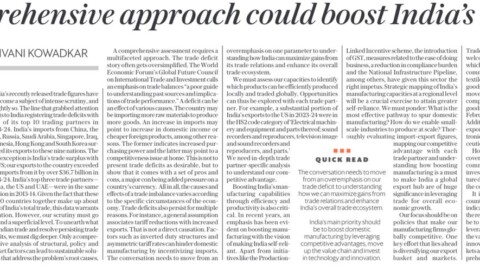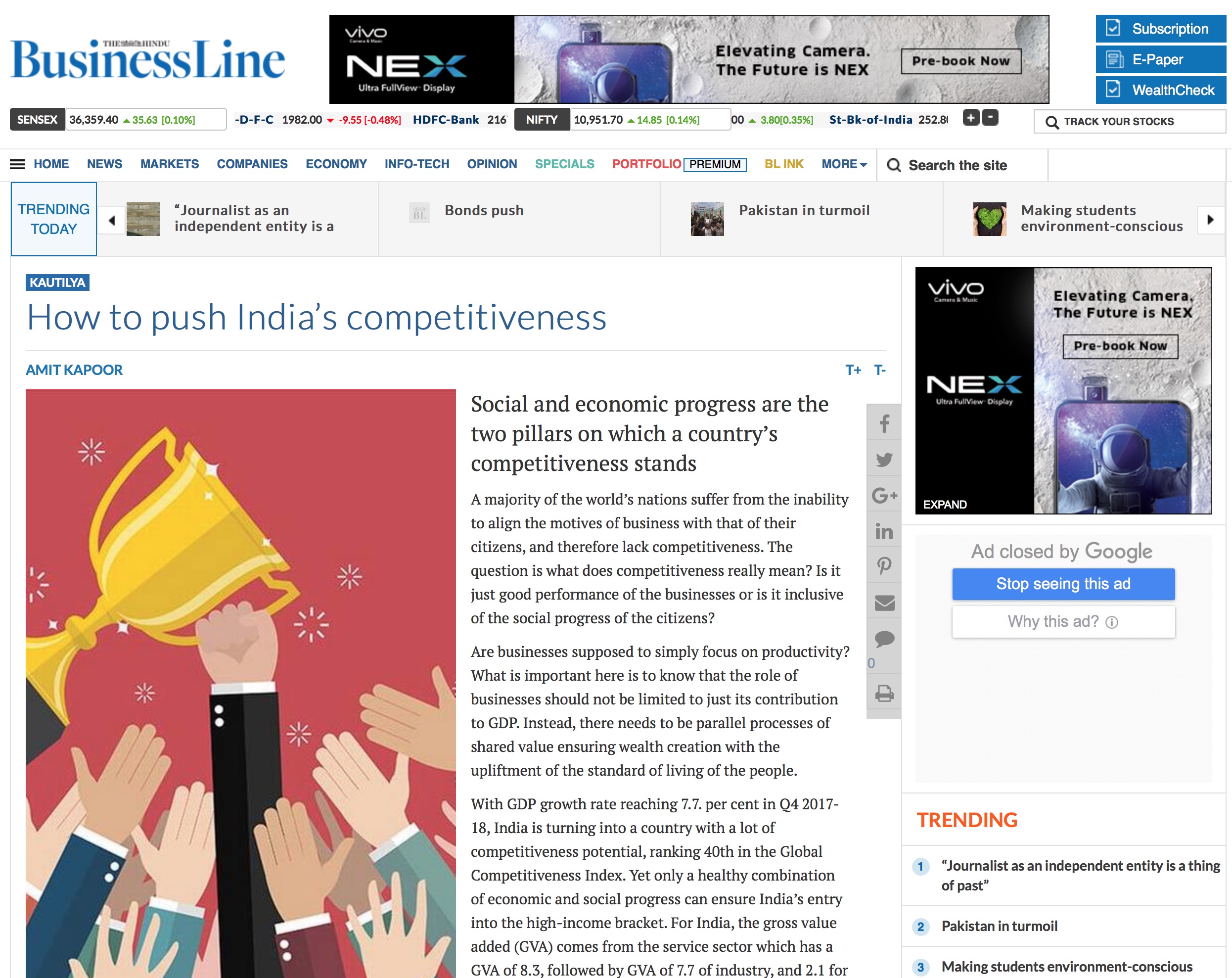Ready, Set, Drive: The Road Ahead for India’s Electric Mobility Future
India’s dynamic transition towards electric mobility has positioned it as one of the fastest-growing Electric Vehicle (EV) markets globally. The Indian Automobile Sector is rapidly advancing towards its electric mobility goals, progressing at a rate three times faster than the global average. In the financial year 2024, annual EV sales in India soared to 1.67 million units, marking an impressive 42% year-on-year increase. The economy is aims to transition 30% of newly registered private cars, 40% of buses, 70% of commercial cars, and 80% of 2-wheelers and 3-wheelers to EVs by 2030 to achieve the EV30@30 target. To achieve the targeted penetration rates and position India as a leading player in the industry, it is necessary to introduce initiatives that leverage the rapid progress in the past decade while proactively addressing the present challenges within the ecosystem.
The EV two-wheelers and three-wheelers have been the driving force behind India’s EV market. India has become the world’s largest EV three-wheeler market, surpassing China. In March 2024, the two-wheeler segment experienced a remarkable 58% year-on-year surge. Despite availability of limited models and relatively low penetration, the passenger car segment is also exhibiting a rapid growth rate. This progress is a testament to the country’s progressive policies and proactive efforts in research, development, innovation, and production efforts by industry players.
However, when India’s EV adoption numbers are juxtaposed against the nation’s ambitious 2030 targets and the pressing imperatives of climate change, an urgent need for accelerated adoption and deeper market penetration is realised. From the consumer’s standpoint, two issues stand in the way of EV adoption. The primary obstacle is the substantial upfront costs of ownership. Despite the inherent advantage of lower total ownership costs attributed to reduced maintenance and fuel expenditures in EVs, the initial acquisition cost remains a deterrent for many prospective buyers in India. The second major challenge is inadequate charging infrastructure. As of March 2024, India has 27,471 charging points spread across 16,334 public stations, with only 12,146 designated as public EV charging points nationwide. With the increasing adoption of EVs, it is essential to improve the EV-to-charger ratio that currently stands at 135 EVs (PVs and 2Ws) and 86 EVs per charging station for 3Ws, against 10 EVs per charging station in leading economies like China and Norway. Achieving a 30% EV penetration rate requires around 1.32 million additional chargers implying a need to establish a functional and accessible charging network that supports at least 40 EVs per charging point. Addressing these challenges by adopting an integrated approach is crucial to sustain India’s EV growth trajectory and position it as a key player in the global EV market.
The exponential growth of successful economies like the US and China in electric mobility can be largely attributed to the development of cost and technologically efficient vehicles. Achieving these dual goals requires strong forward and backward linkages, localization in the supply chain, and the implementation of progressive policies that cater to both consumers and producers. These initiatives are currently at a very nascent stage in India, and the market it still very heavily import dependent. Presently, EV manufacturers mainly focus on vehicle assembly and production, and essential components pertaining to EV batteries and after-sales services (e.g., recycling, reusing, charging, maintenance) require substantial scaling. This imbalance in the value chain particularly during technology transitions results in Original Equipment Manufacturers (OEMs) working in silos due to weak supply chain and inadequate domestic component manufacturers. This poses significant threats to exports and domestic markets and results to increased dependence on foreign sources for components and technologies. It is of paramount importance to establish a harmonized value chain that incentivises all stakeholders, to actively contribute to the industry’s growth.
A key common determinant in economies such as the US and China which streamlines inefficiencies in the value chain was the implementation of a binding Zero Emission Vehicle (ZEV) mandate. This mandate, coupled with stringent emission norms, has compelled private players to innovate and produce fuel and cost effective vehicles. Moreover, it has driven governments at all levels to adopt a comprehensive approach to effectively overcome challenges of raw material procurement, research and development, and capacity building. These efforts by industry and government, aligned towards a unified goal, have created a robust ecosystem in these economies. The policies and industry growth preceding this initiative were crucial precursors to the success of this mandate.
In India, the introduction of this mandate has the potential to be highly effective. Government policies like the National Auto Policy 2018, The National Electric Mobility Mission Plan (NEMMP) 2020, and Production Linked Incentive (PLI) schemes have been vital for addressing challenges of high upfront costs through incentives, technological innovation, infrastructural capacity. The impressive growth in the EV market can be attributed to such initiatives by the governmental and investments by industry players. The mandate can build upon this progress, and address issues such as value chain imbalances, the need for rapid capacity building, and high costs by driving stakeholders to adopt a comprehensive and collaborative strategy.
The synergy between private entities and governmental strategies over the past decade has been pivotal catalysts in generating demand and building a consumer base for EVs. However, transitioning from consumer-centric policies to ones that prioritize producers and investments, complemented by an mandate that algins all the stakeholders is imperative for fostering a resilient EV ecosystem. Recent government initiatives aim at boosting value addition across all tiers of manufacturers and reducing import reliance through production incentives mark a notable shift in approach. A holistic engagement with stakeholders and a deep understanding of sector interdependencies are essential. Continuously adapting to sectoral needs and implementing forward-thinking policies are crucial steps in establishing a sustainable, cutting-edge, and dominant EV sector.























